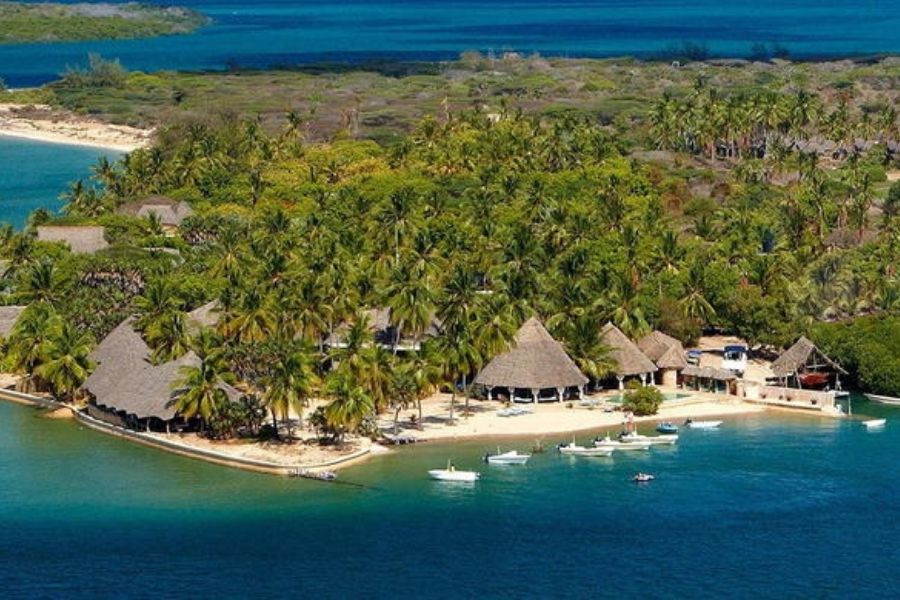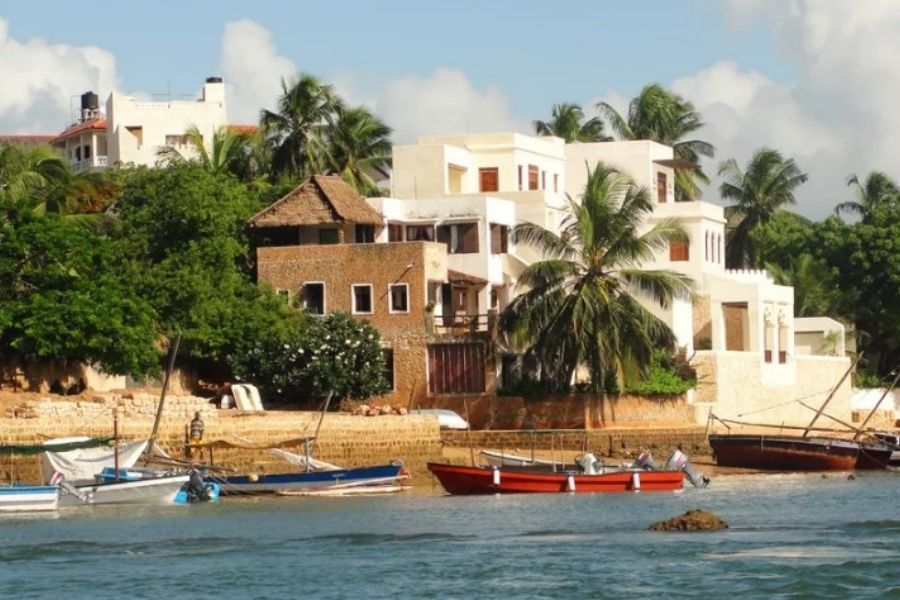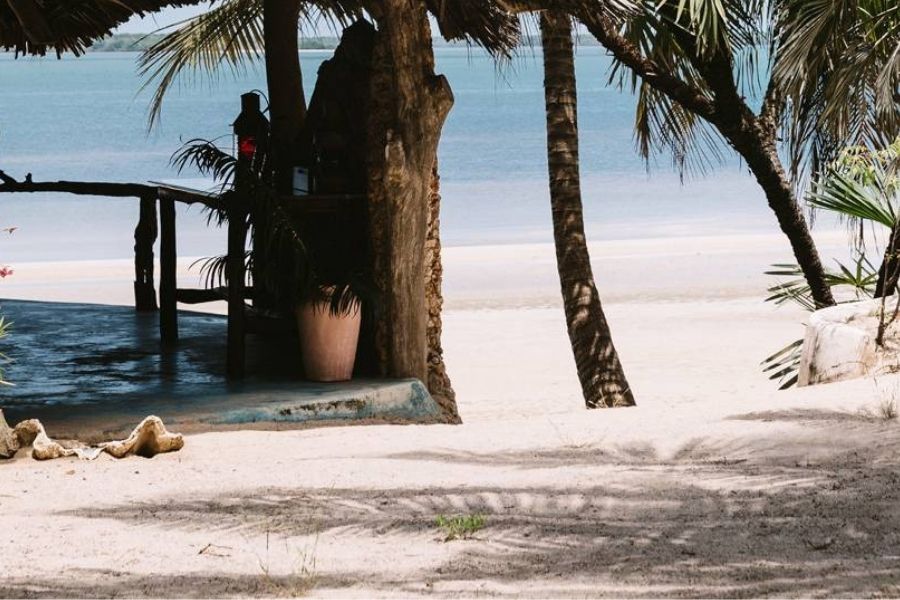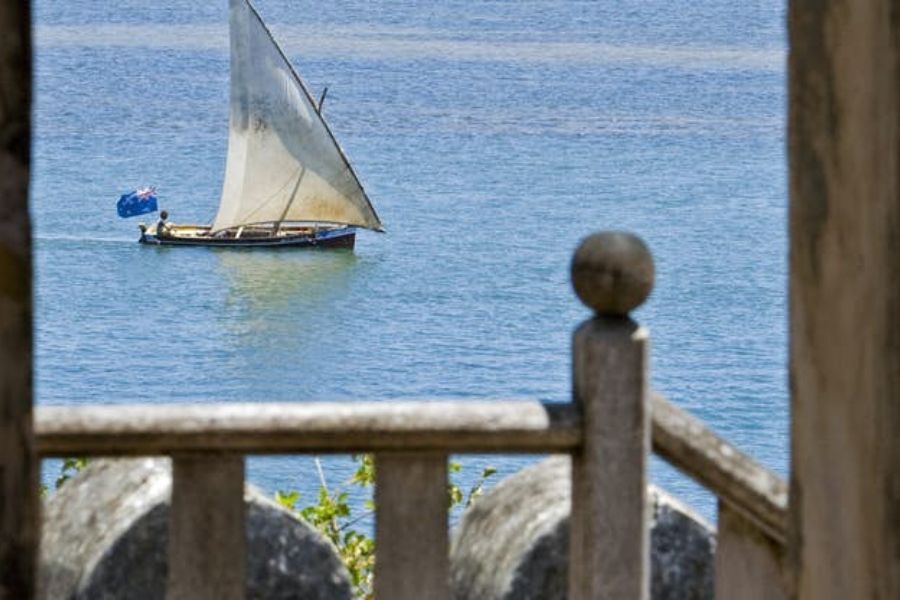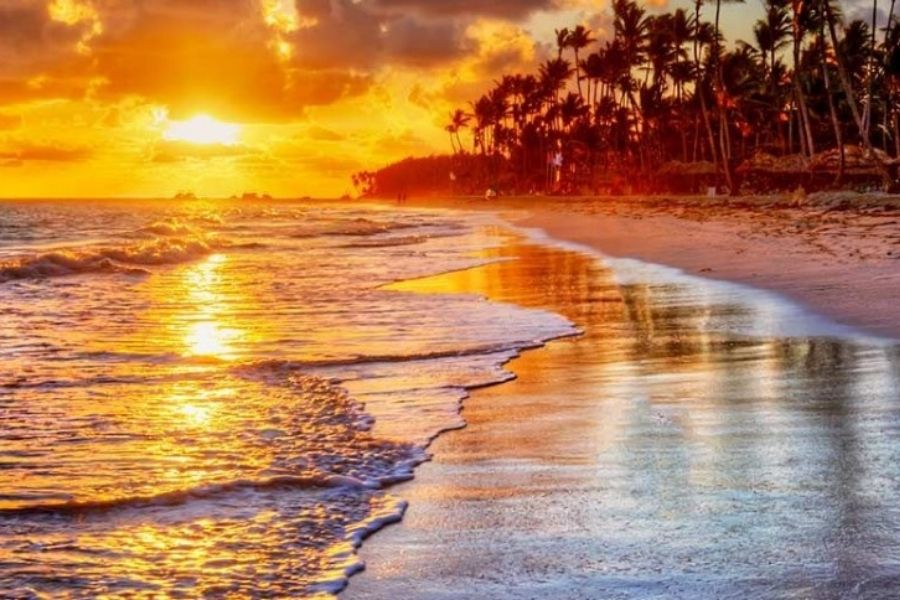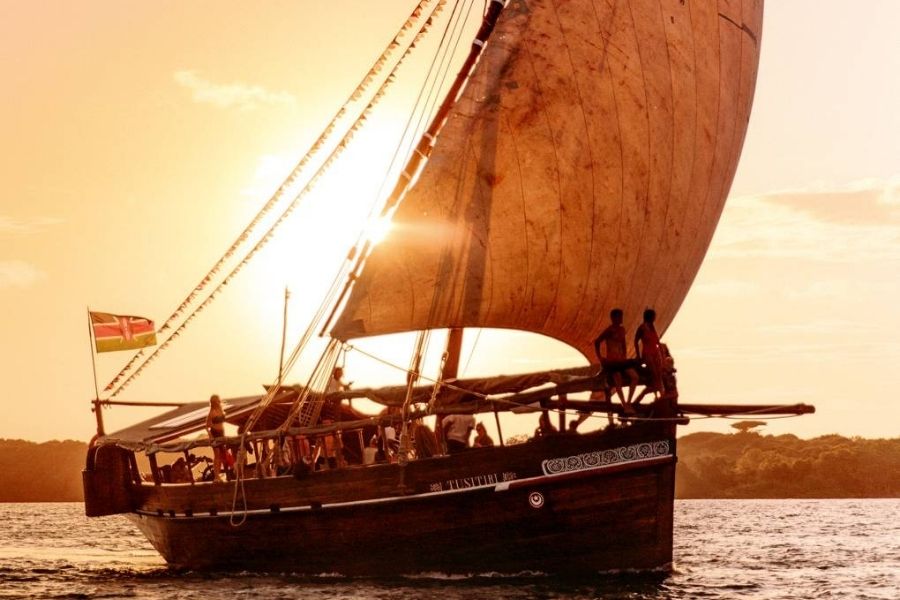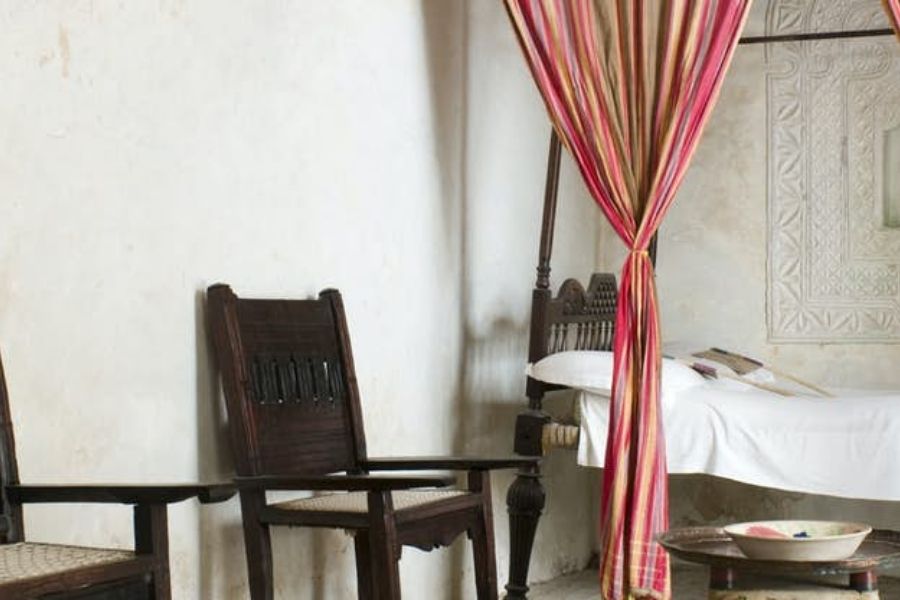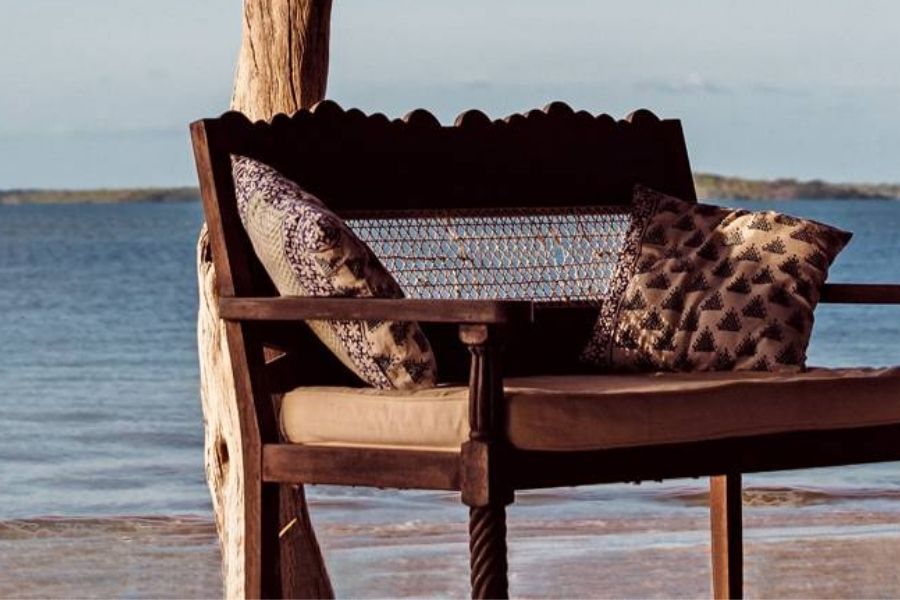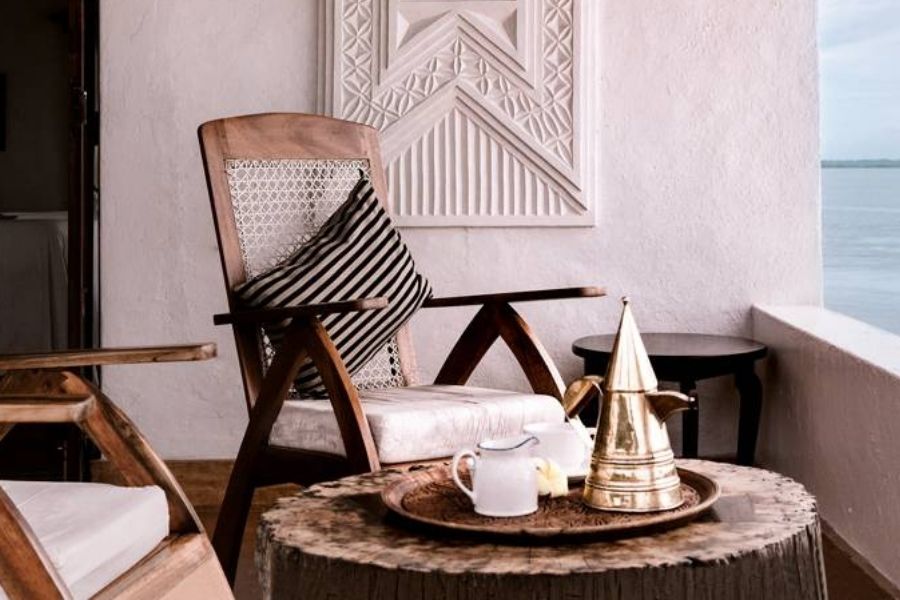TROPICAL LAMU ISLAND
Lamu Island Insights
Lamu Town is Kenya’s oldest living town and was initially a 14th century Swahili settlement.
The island has seen many visitors and influences over the centuries, including Portuguese explorers, Turkish traders and the Omani Arabs, and all these influences have helped Lamu to develop its own unique culture.
Lamu Island is the definition of a country which is a gold mine of Lovely scenery, captivating wildlife, mouthwatering cuisine and beautiful simplicity.
Unlike modern cities with their drawbacks of bottleneck traffic and endless barrage of sounds good and bad, Lamu island does not have roads but alleyways and footpaths with a few motorized cars here and there with the residents commuting by boat or foot.
Little has changed in centuries Lamu Island is renowned for its remoteness and tranquility, its rich trading history and its distinctive Swahili culture, a unique blend of African, Indian and Arabian influences.
A peaceful tropical island where life unfolds at its own relaxed pace, Lamu is the perfect alternative to the usual safari trip to Kenya.
With immaculate beaches, magnificent seascapes, scuba refuges and ancient ruins it offers the visitor an ideal island paradise. It is also a place whose history is as mysterious and fascinating as the winding streets of its medieval town.
There is no better way to tour a beautiful city than what Lamu town lays in wait for you.
HOW TO GET THERE
By Air:
You can fly to Lamu directly from Mombasa or Malindi.
There are no international flights that land directly in either Mombasa or Malindi, so you have to connect via Nairobi (JKIA).
The flight takes only one hour from Nairobi to either one of the cities.
It is also recommended to drive Malindi from Mombasa, then fly from there to Lamu, as the airports are less crowded.
Besides, you will have a chance to enjoy the coastal view while driving from Mombasa to Malindi.
By Road:
The easiest way to reach Lamu by road is by taking a bus from Mombasa.
There are plenty of buses that head to the island.
Tawakal buses are recommended, as they have express semi-luxury buses.
GETTING AROUND IN LAMU
There are no cars in the area.
Everything you need, you will find it on a walking distance.
CLIMATE
The warmest months in Lamu are from January to March. Cooler temperatures occur from July to September.
Depending on the seasonal month, the average day temperature varies between 80’s F to 90’s F (26 C to 32 C). Nighttime temperature ranges between 73-79 F (23-26 C), depending on the seasonal month as well
The Island experiences two rainy seasons. The long rainy season starts and ends by June. This has an average of 12 to 18 days of rain producing an average of 7 to 12 inches of rain per month.
The shorter rainy season starts in November and lasts until December. It averages about 8 to 10 days of rain, producing an average of 2 to 4 inches of rain per month.
BEST TIME TO VISIT
Lamu Island is friendly to visit all year round. However, for the unsurpassed seaside vacation on the Indian Ocean, it is recommended to visit during the two dry seasons, from July to October and also January to February.
It is when you can enjoy longer hours of sunlight, giving you the chance to enjoy so many activities in one of Kenya’s paradise Islands.
ACTIVITIES
The mostly and mainly inhabited part of the island is the Lamu town. It is one of the oldest and well preserved Swahili settlements in East Africa. It maintains a beautiful simplicity in their structures.
Second is Shella located south of Lamu with its origin unknown. It is believed that it was populated by the inhabitants of the nearby Manda island.
Now it's a thriving tourist attraction and home of the most spectacular beaches in the world. In addition, there are the last two settlements Matondoni and Kipgani. Attractions Lamu Museum
This is the second best museum in kenya an in Lamu town commonly popular with grand Swahili warehouse on the waterfront.
The exhibitions focus on; Domestic life Boat-building Weddings The intricate door carvings that you're likely to encounter (from Swahili and Omani to Kijumwa, Swabu and Bajun) Traditional silver jewellery. Don't miss the ceremonial siwa (side-blow) horns of ivory and brass.
Other prominent displays which you are not likely to miss are the photographic displays of traditional women’s dress Those who consider the bui-bui (black cover-all worn by some Islamic women outside the home) restrictive, might be interested to see the shiraa, a tent-like garment (complete with wooden frame to be held over the head) that was once the respectable dress of local ladies.
There are also exhibits dedicated to; Artefacts from Swahili ruins The nautical heritage of the coast ( the mtepe, a traditional coir-sewn boat meant to resemble the Prophet Mohammed’s camel – hence the nickname, ‘camels of the sea’)
The three tribes that inhabit the northeast of Kenya: the Pokomo fishermen from the Tana River delta, the Boni hunters that reside near the Somalian border and the Maasai-like Orma, famous for their animal husbandry.
Guides are available to show you around for a tip.
LAMU FORT
This squat castle was built by the Sultan of Pâté between 1810 and 1823.
From 1910 right up to 1984 it was used as a prison. It now houses the island’s library, which holds one of the best collections of Swahili poetry and Lamu reference work in Kenya. In it's upstairs walkway, there is a gallery space for temporary exhibitions.
Entry is free with a ticket for Lamu Museum.
SWAHILI HOUSE MUSEUM IN LAMU TOWN
It's a beautiful Swahili house, a preserve of 16th-century It's tucked away to the side of Yumbe Guest House, in a tranquil courtyard with a well. The entry fee for viewing the two sleeping galleries and upstairs kitchen is very hard to justify
It's also worth to note that half the hotels in Lamu are as well preserved.
LAMU MARKET MARKET IN LAMU TOWN
This quintessential Lamu market is best visited early in the morning when it's rather atmospheric and somewhat chaotic.
Bargain for fresh tuna and sailfish, wade through alleys teeming with stray cats and goats, and experience Lamu at its craziest.
If you're sick of seafood, this is the place to find your fruit and vegetables.
GERMAN POST OFFICE MUSEUM MUSEUM IN LAMU TOWN
The Germans regarded Lamu as an ideal base from which to exploit the interior. This was way back in the late 1800s, before the British decided to nip German expansion into Tanganyika in the bud.
Set up by the German East Africa Company, the old post office is now a third-rate museum exhibiting old photographs of Mombasa and scant memorabilia from that fleeting period when Lamu had the chance of being spelt with an umlaut.
MATONDONI VILLAGE IN LAMU ISLAND
The main attraction here is to see dhows being built It is in the island's northwest. It’s a peaceful little fishing village that receives few visitors, so the welcome is always warm.
To get there from Lamu Town You can walk the 6km (about two hours – ask for directions from the back of town and follow the telephone poles), slogging your way through sand part of the way.
Alternatively, you can hire a donkey or take an organized dhow trip (which normally continues onto Kipungani for a swim and, sea conditions depending, then loops around the island and back to Lamu town via Shella).
Jambo House organizes guided walks to Matondoni.
KIUNGA MARINE NATIONAL RESERVE MARINE RESERVE IN KIWAYU ISLAND
This stunning, little-visited marine reserve covers 270 sq. km and includes beautiful coral reefs.
The reefs are ideal for snorkeling and whale sharks can be spotted in season. You need to charter a boat to get out here.
SIYU
This is a village in Pâté Island Siyu was once the major city of the Lamu, with 30,000 inhabitants and several major universities.
Saddly the only remnant of this glory is an enormous intact fort, which, given its emergence from the abandoned mangrove and coconut forest, is quite dramatic.
What can be recognized of significant today is just a small village with a whole lot of donkeys.
DONKEY SANCTUARY
It's a wildlife Reserve in Lamu Town. There is a Swahili proverb that says, and i quote, "A man without a donkey is a donkey or as the staff of this sanctuary might tell you, "a man who doesn’t look after his donkey is a donkey" Lamu has an estimated 3000 active donkeys, simply because it is the main form of transport.
In order to take health care of these donkeys, Lamu has a designated animal sanctuary where visitors are free to visit and learn about its work.
This sanctuary was established by the International Donkey Protection Trust of Sidmouth, UK, to improve the lot of the island’s hard-working beasts of burden.
Donations are nonetheless appreciated
SHELLA BEACH
The most fascinating reason here for the tourists is nothing beyond the beach. Its a 12km-long, wide sweep of pristine white sand where you’re guaranteed an isolated spot.
Swimming is possible, but there are places with strong rip currents (particularly around the The Fort hotel), so get some local advice before venturing into the water.
LAMU OLD CITY
If you are looking for a Swahili culture tour, you will enjoy exploring Lamu old town with a local tour guide. The city has buildings and houses that date back to the 17th century, reflecting the city’s history.
Pay a visit to Lamu Fort as well to know more about the Island’s rich history. The fort was constructed in 1830.
You will see the influence of the Portuguese, Chinese, Omanis and Brits on the island.
SAIL TO THE SUNSET
This island is for those who want to chill and relax. There is no perfect way to do that other than experiencing the sunset while sailing in some of the Lamu’s unique traditional sailboats.
The experience will offer you an uninterrupted view of the Indian Ocean. It will be more special when the sunset is blended with the full moon’s appearance on the horizon.
Visit Shela Village and Manda Island Head to Shela Village which will normally take you around 15 minute boat ride from Lamu Island. These islands are less crowded with pristine beaches making it an excellent spot for a sand-in-feet experience.
Manda Island on the other hand is famous for a wide stretch of sandy beaches and palm-lined backdrop. It is perfect to take some photographs.
There is also kayaking and waterboarding at Manda Bay for sports lovers.
Try some Swahili dishes Lamu island offers a wide range of options, a different mix of cultures that lived on the island for years.
Try a fresh seafood seasoned with local species along with coconut rice or chapati for a genuine Swahili taste.
For breakfast, do not skip the mahamri, spices doughnuts served with peas cooked in coconut milk.

